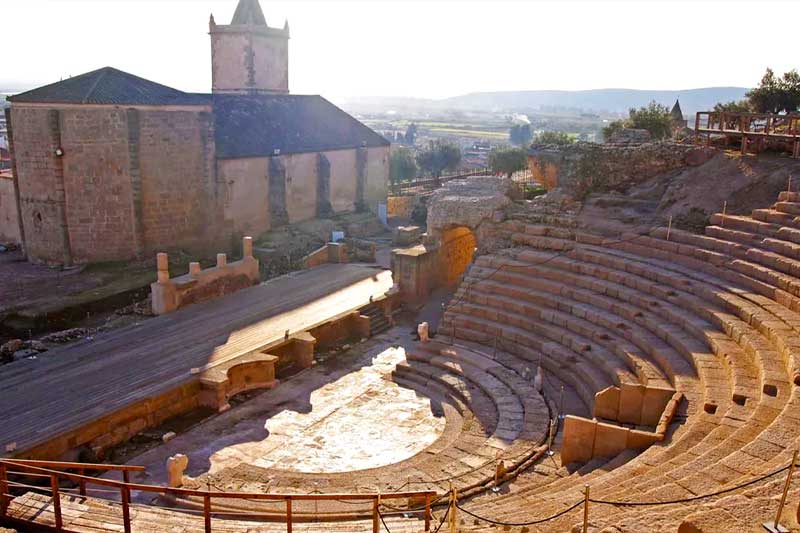Página web oficial de la Asociación ADEVAG

Sobre nosotros
La Asociación para el Desarrollo de las Vegas Altas del Guadiana, ADEVAG, se creó el día 29 de mayo de 1997, con el objetivo de promover el desarrollo integral de la comarca de las Vegas Altas del Guadiana.
Hazte SocioContacto
924 83 22 00
C/ Las Palmeras nº 25, 06720 Valdivia (Badajoz)
Ofertas de Empleo
Comarca de las Vegas Altas del Guadiana
Ofertas de Empleo
Consulta las últimas oportunidades de empleo disponibles en nuestra entidad. Aquí encontrarás vacantes activas, requisitos, plazos de inscripción y toda la información necesaria para participar en nuestros procesos de selección. Nuestro objetivo es facilitar el acceso al empleo y promover la participación de candidatos cualificados.

Comarca de las Vegas Altas del Guadiana
Patrimonio Cultural y Arqueológico
Uno de los aspectos más destacados de las Vegas Altas es su rico patrimonio cultural y arqueológico, que se remonta a tiempos prehistóricos y ha dejado importantes huellas en la comarca. Uno de los yacimientos más relevantes es el de Casas del Turuñuelo, en el término municipal de Guareña, y situado cerca de la localidad de Yelbes y Medellín. Este asentamiento tartésico ha proporcionado hallazgos arqueológicos sorprendentes, como una monumental escalera de adobe, restos de sacrificios animales y cerámica griega, lo que ha permitido a los arqueólogos obtener una visión más clara de la vida y los rituales de los pueblos tartésicos. La importancia de este yacimiento ha atraído la atención tanto de expertos internacionales como de turistas interesados en conocer más sobre el pasado de la región.
Además, la comarca alberga otros sitios de interés, como el Castillo de Medellín, que ofrece impresionantes vistas del valle del Guadiana, el Castillo de la Encomienda, el Teatro Romano de Medellín, un antiguo centro cultural de la Hispania romana, la villa romana de la Majona en Don Benito y muchos más restos espacios por toda la comarca. Estos elementos no solo constituyen un atractivo para los estudiosos de la historia, sino también un valor incalculable para el turismo cultural de la región, un sector que ha ido ganando relevancia en los últimos años.
Comarca de las Vegas Altas del Guadiana
Medio Ambiente y Sostenibilidad
El respeto por el medio ambiente es una de las prioridades de la comarca en 2025. La gestión de los recursos hídricos, clave para la agricultura, ha sido uno de los grandes desafíos que enfrenta la región. La modernización del Canal de Orellana, que ha sido comparada con el histórico Plan Badajoz, sigue siendo un tema central. El canal es esencial para el riego de más de 57,000 hectáreas de cultivos en la comarca, y su modernización busca mejorar la eficiencia y reducir las pérdidas de agua, especialmente en un contexto de cambio climático y creciente escasez de este recurso.
La comarca también ha estado promoviendo diversas iniciativas de protección del entorno natural, con un enfoque en la conservación de los ecosistemas fluviales y forestales. La presencia del río Guadiana, que atraviesa la comarca, y las áreas de dehesa, de gran valor ecológico, han motivado proyectos de restauración de hábitats y de reforestación, con el objetivo de preservar la biodiversidad local.
0
MUNICIPIOS
0
NÚCLEOS DE POBLACIÓN
0
Km²
SUPERFICIE
0
POBLACIÓN
0
DENSIDAD
Todos los derechos reservados © Copyright 2025 | Diseño web: MasComercio

